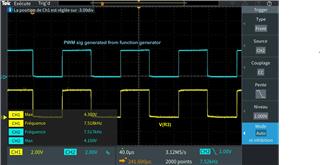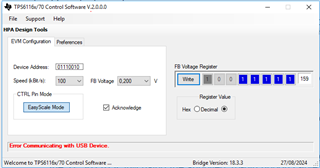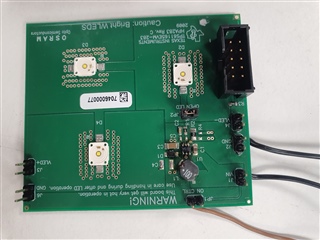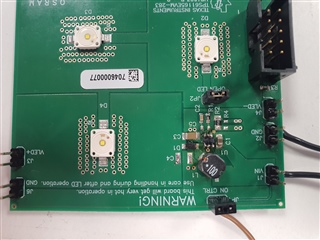Other Parts Discussed in Thread: TPS61165, USB-TO-GPIO2
Tool/software:
I recently purchased the TPS61165EVM-283 and I'm encountering some difficulties with the software and device configuration.
There was not a software CD included in the EVM KIT. When I first tried to download the GUI, I followed the link in the user guide but it showed an error message (slvc422a). I thought maybe because my device has a Windows 10 version while the software is only compatible with older versions of operating systems windows 2000 or windows XP

I managed to find a version that I can install, TPS6116x/70 Controller Software, but I'm uncertain if it's correct as I'm still experiencing error messages and cannot accurately set the feedback voltage.
The software indicates the IC is disabled, even though it's powered and consuming current, and in order to start writing on the device the "CTRL" Pin mode should be set high (I'm not using PWM Dimming via CTRL pin) (see results in image1).
=> I have powered it up using 5V @ 1A as limit current of the power supply.
- Image 1:

I've tried manipulating the CTRL pin as per the schematic but without success - It said that the CTRL signal needs to be high, so I shunted it with the the "on" pin side, to be set with the power voltage 5V (indicated with the red circle in the schematic and in the assembly sch. - see image 2)
In both casses, when the "CTRL" pin in High or Low, the SW tool could not configurate the VFB.
- Image 2:

I'm hoping you can provide some guidance on these issues.
Thank you,
Nesrine






